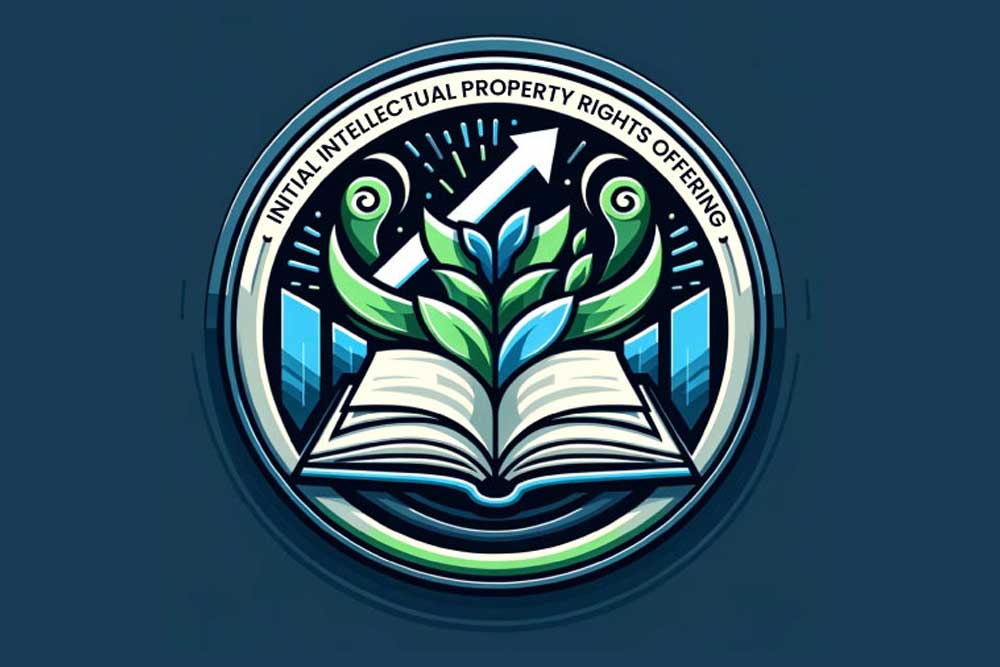Indirect IP Securitization
In today’s knowledge-driven economy, Intellectual Property (IP) assets such as patents, trademarks, copyrights, and trade secrets, have become one of the most valuable assets of many companies. As the importance of IP has grown, so has the need for innovative ways to monetize these assets. One such method is the indirect securitization of IP through a trust or a company.
Indirect Intellectual Property Securitization (IPS) is a financial process where IP assets are bundled together and sold to a trust or a company known as a Special Purpose Vehicle (SPV). The SPV, in turn, issues securities backed by these IP assets and sells them to investors. The cash flow generated from these IP assets, such as royalties or licensing fees, is then used to pay the investors. This way, companies can generate liquidity from their IP assets without surrendering their ownership.
The Process of Indirect IP Securitization
The indirect securitization process is slightly more complex than direct securitization due to the involvement of an intermediary entity (SPV).
Here are the key steps involved:
- Asset Selection and Valuation: The originating company (originator) identifies and values the IP assets it wants to securitize. This valuation takes into account the expected future cash flows from these assets, including royalties, licensing fees, and so forth. Given the intangible nature of IP, the valuation process can be complex and may require specialized expertise.
- Formation of Special Purpose Vehicle (SPV): The originator establishes an SPV, which can be a trust or a company, to facilitate the securitization. The SPV is a separate legal entity and is bankruptcy-remote, meaning its assets cannot be claimed by the originator’s creditors.
- Transfer of Assets: The originator sells the IP assets to the SPV. This sale is usually a true sale, ensuring that the assets are fully transferred to the SPV and are out of reach of the originator’s creditors.
- Issuance of Securities: The SPV issues securities backed by the IP assets. These securities are purchased by investors, providing the upfront capital to the originator.
- Distribution of Cash Flows: As the IP assets generate cash flows, these are collected by the SPV and distributed to the investors in accordance with the terms of the securities.
Advantages and Risks of Indirect Intellectual Property Securitization
Indirect securitization of IP through an SPV offers several benefits:
- Immediate Liquidity: Companies can convert the future income from their IP assets into immediate capital, which can be used for various purposes, such as R&D, expansion, or debt repayment.
- Risk Transfer: Since the SPV is a separate legal entity, the risks associated with the IP assets, such as default risk, are transferred to the SPV, protecting the originator from potential losses.
- Off-Balance Sheet Financing: The transfer of IP assets to the SPV allows companies to remove these assets from their balance sheets, potentially improving their financial ratios.
However, this method is not without risks. The complexity and cost associated with setting up an SPV, the unpredictability of IP income, the intricacies of IP valuation, and the need for a sound legal framework for IP protection are some of the key challenges.
Indirect securitization of intellectual property via a trust or a company offers an innovative way for companies to monetize their IP assets. While the process can be complex, with the right strategy and expert advice, it can serve as a powerful tool for raising capital, managing risks, and driving growth.






